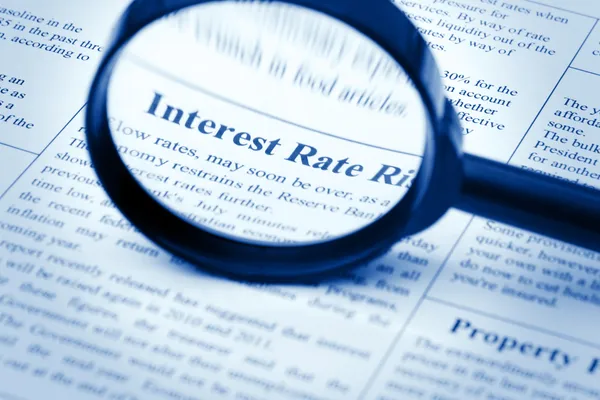
Higher for Longer: How 30-Year Rates Above 5% Impact Real Estate
Background: The Era of Expensive Money is Here
Imagine looking for a home and realizing the rules have changed. After years of rock-bottom borrowing costs, the average 30-year fixed mortgage rate now hovers around 6.7%, which is more than double the pandemic lows. Home prices haven’t fallen much (the median U.S. home still costs about $432,000), but the monthly payment on that home has nearly doubled since 2020. In fact, the typical mortgage bill shot from roughly $1,100 in 2020 to about $2,200 in 2024. Higher rates have slammed affordability, pricing many buyers out of the market.
The result? An unusual shift to a buyer’s market. This spring, there were roughly 1.9 million homes listed for sale nationwide versus only about 1.5 million buyers, a surplus of nearly 500,000 sellers. Homes are sitting longer on the market, and sellers are cutting prices or offering incentives to attract the fewer active buyers. Builders, too, have pulled back. New housing starts fell almost 10% at the start of 2025 as builders grew cautious about high financing costs and weaker buyer demand. In short, the era of cheap money is over, and real estate is recalibrating to a world of “higher for longer” interest rates. To dig deeper into what this means specifically for multifamily investing, you can revisit our recent breakdown here.
But here’s the twist: not every corner of the housing market is hurting. While pricey single-family homes and luxury condos struggle to attract buyers, the world of affordable rental housing is playing by a different set of rules. At Ocean Ridge, we focus on multifamily communities that everyday working families can afford, resulting in resilience, or even a boom, in the face of high rates.
Why Affordable Multifamily Stays Resilient
1. Enduring Shortage of Affordable Homes
America simply doesn’t have enough inexpensive places to live. Even though overall inventory of homes for sale has grown, truly affordable options remain scarce. Even middle-income households feel the crunch: a family earning $50,000 a year can afford barely 9% of homes listed for sale today. This chronic undersupply means demand stays high for any housing that’s reasonably priced. Our communities, which offer quality homes at attainable rents, consistently have waitlists because so few alternatives exist for budget-conscious renters.
2. High Rates = More Renters (and Fewer Movers)
When mortgage rates soar, many would-be buyers don’t buy, they rent. First-time homebuyers recently fell to their lowest share in over 40 years, largely due to high costs shutting them out. Those households aren’t disappearing; they’re filling apartments instead. Higher interest rates also make existing homeowners think twice about selling, since moving could mean giving up a low-rate loan. This “lock-in” effect had kept resale inventory tight, pushing more people toward rentals. Now, even as some owners do start to sell despite higher rates, buyers remain cautious, and a lot of that housing demand flows into rentals. In plain terms, expensive mortgages push people into the rental market, bolstering occupancy for multifamily properties. Especially at the affordable end, we see strong rental demand because many families simply can’t afford to purchase in this rate environment.
3. Steady Wins the Race
When markets boom, everyone feels brilliant. But when the tide turns, smart investors know that resilience matters most. High-end, luxury apartments may sparkle during economic highs, but their shine dulls quickly when uncertainty takes hold. Meanwhile, affordable rentals quietly thrive - not just remaining stable, but often performing strongest when the economy wobbles. In fact, lower-cost apartments today boast higher occupancy rates than upscale Class A units in most markets. Take the 2020 downturn: luxury rentals faltered and office spaces sat empty, but necessity-based housing kept performing. Even in 2023, as rising interest rates pressured property values broadly, Ocean Ridge’s focus on affordable multifamily assets provided durable income streams that cushioned market fluctuations.
Closing Thoughts
“Higher for longer” interest rates have undoubtedly changed the real estate landscape. The days of 3% mortgages and frenzied bidding wars are behind us for now. Meanwhile, the segment where Ocean Ridge operates (i.e., affordable, need-based housing) remains a bright spot. High rates, if anything, have enlarged the renter pool and reinforced the value of our focus on affordability.
At Ocean Ridge, we’ll continue doing what we do best: acquiring and operating multifamily communities that everyday people can call home without financial strain. By staying disciplined (assuming today’s rates persist rather than gambling on a sudden drop) and prioritizing housing that serves real needs, we’re confident our portfolio can thrive through this higher-rate environment. Real estate is adjusting to a new normal of higher financing costs, but affordable housing stands out as a resilient niche, further strengthening our belief in the long-term effectiveness of our investment strategy.
